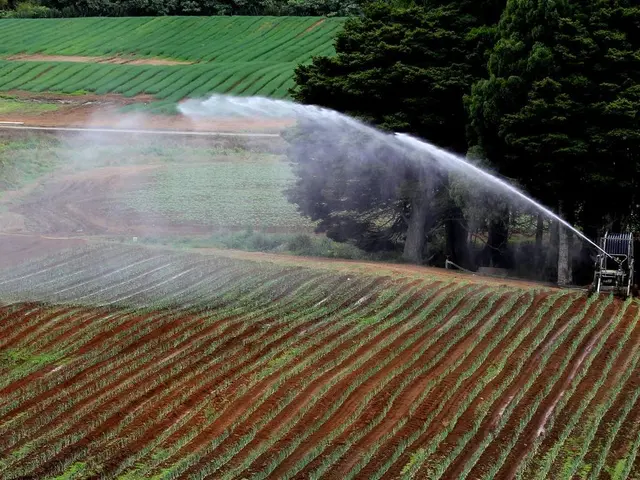Soaring student loan delinquency climbs up to 21-year high as COVID-related forbearance comes to an end
Student Loan Delinquency Rises Sharply After Repayment Resumption
The resumption of student loan repayments in 2025 has led to a significant increase in delinquency rates, with seriously delinquent student loans (90 days or more past due) rising sharply from 7.7% in Q1 2025 to 10.2% in Q2 2025, the highest in over two decades.
According to the New York Fed's Center for Microeconomic Data, the number of student loans transitioning into serious delinquency rose sharply in the second quarter of 2025. This uptick reflects the end of pandemic-era moratoriums and the restart of reporting missed payments to credit bureaus, which had been paused since 2020.
Despite the increase in delinquency, the overall student loan debt continues to climb, reaching $1.64 trillion in mid-2025, up by $7 billion from the previous quarter. The average federal student loan debt per borrower stands just over $38,000 at the end of 2024.
The resumption of interest accrual and payments, especially with the winding down of forgiveness-related income-based plans like SAVE, has led many borrowers—approximately eight million—to face increased monthly payments and renewed interest charges starting August 2025.
These conditions are causing financial strain for many borrowers, prompting some to skip payments due to unemployment or other economic pressures. The restart of collections on defaulted loans and wage garnishment also adds to the delinquency concerns, with projections estimating up to five million defaults by September 2025.
In terms of age demographics, the youngest cohort of borrowers, aged 18-29, had the lowest rate of transitioning into serious delinquency, at more than 8%. On the other hand, borrowers between the ages of 30 and 39 had a rate of more than 11%, while those aged 40 to 49 had a nearly 14% rate. The transition into serious delinquency was highest among borrowers aged 50 and up, at approximately 18%.
Interestingly, auto loan borrowing rose $13 billion in the same period to $1.66 trillion. Some of the rise in auto-related borrowing was due to an uptick in car buying to get ahead of tariff-related price increases. However, it's important to note that this increase in auto loans did not contribute to the rise in delinquency rates.
Credit card debt also rose by $27 billion in the second quarter to $1.21 trillion, but there is no information available on whether this increase is related to the student loan delinquency issue.
In summary, the resumption of student loan repayments has both worsened delinquency rates and maintained upward pressure on total student loan debt in the U.S. The financial stress is reflected in skipped payments and rising defaults, affecting borrowers’ credit and overall debt dynamics. The New York Fed's report did not mention any new information about the share of student loan debt entering serious delinquency or the total amount of outstanding student loan debt.
- The restart of student loan repayments in 2025 has led to an increase in delinquency rates, with a large portion ofStudent loans transitioning into serious delinquency.
- The resumption of interest accrual and payments has put many borrowers in a financially challenging position, causing some to miss payments due to unemployment or economic pressures.
- The increase in student loan delinquency could potentially have implications on the larger economy, as unpaid loans impact credit scores and may lead to defaults and further economic pressures.
- Amidst the rise in student loan delinquency, credit card debt and auto loans have also seen an increase, although it's unclear if these debt increases are related to the student loan delinquency issue.







